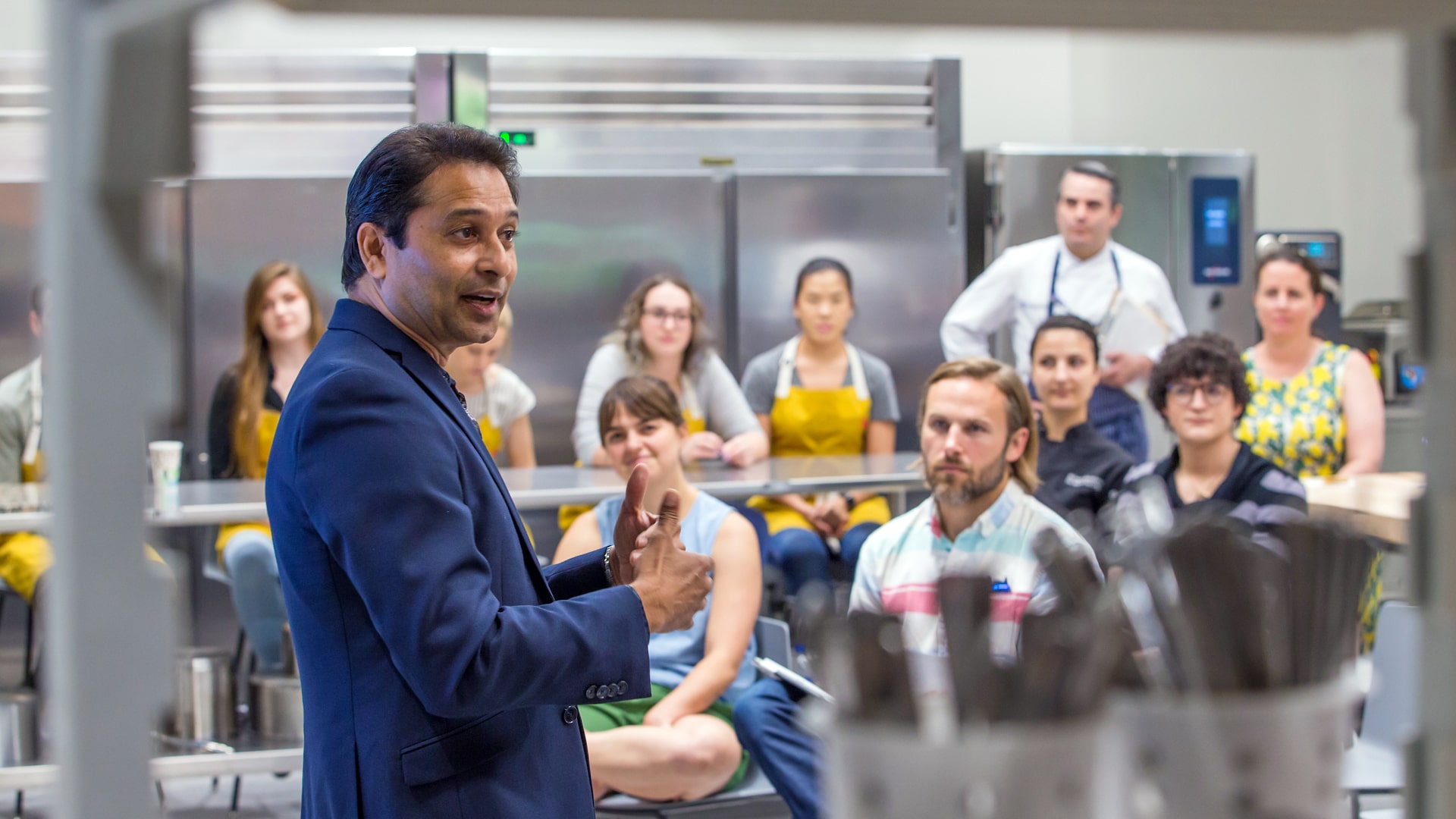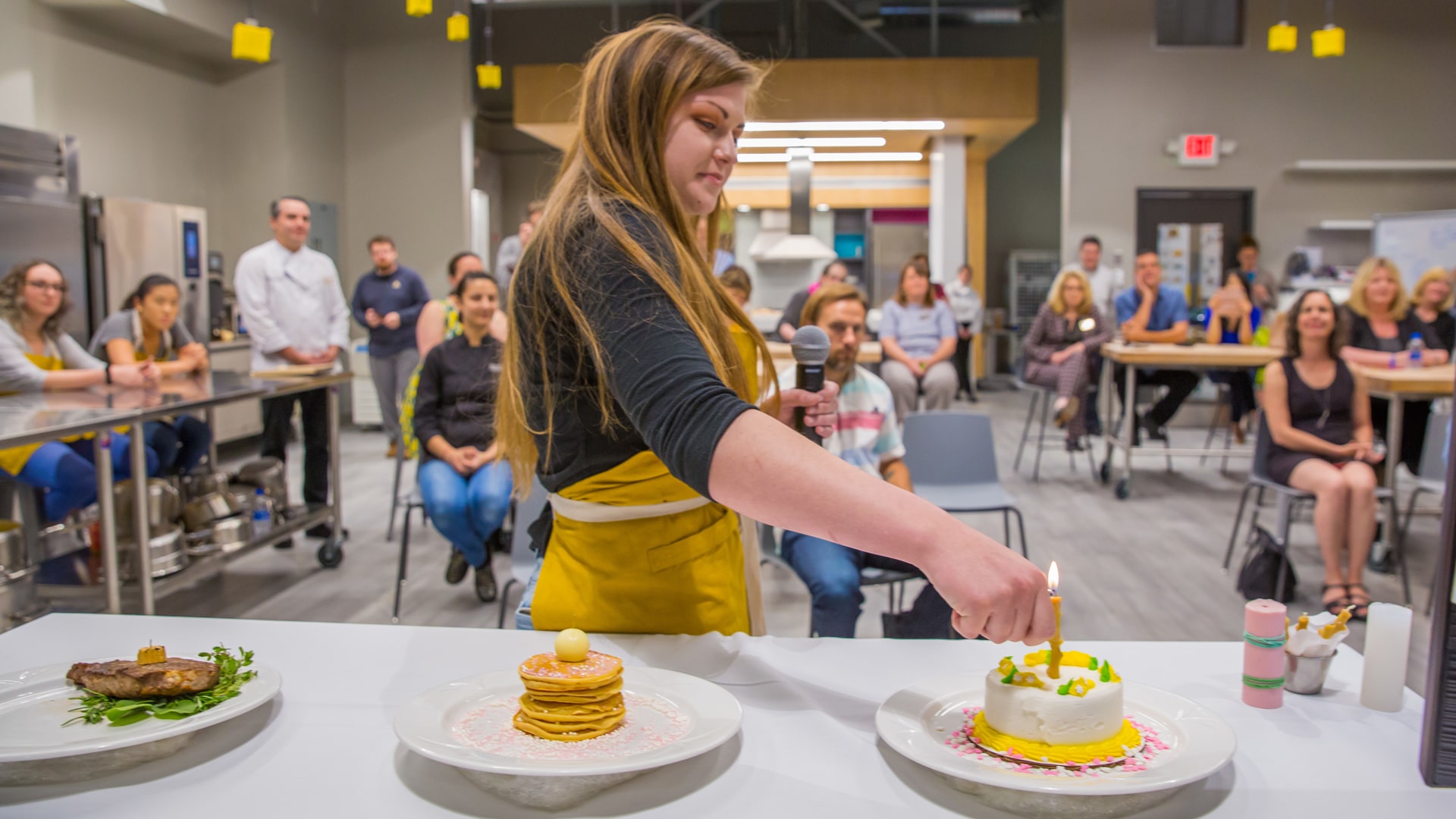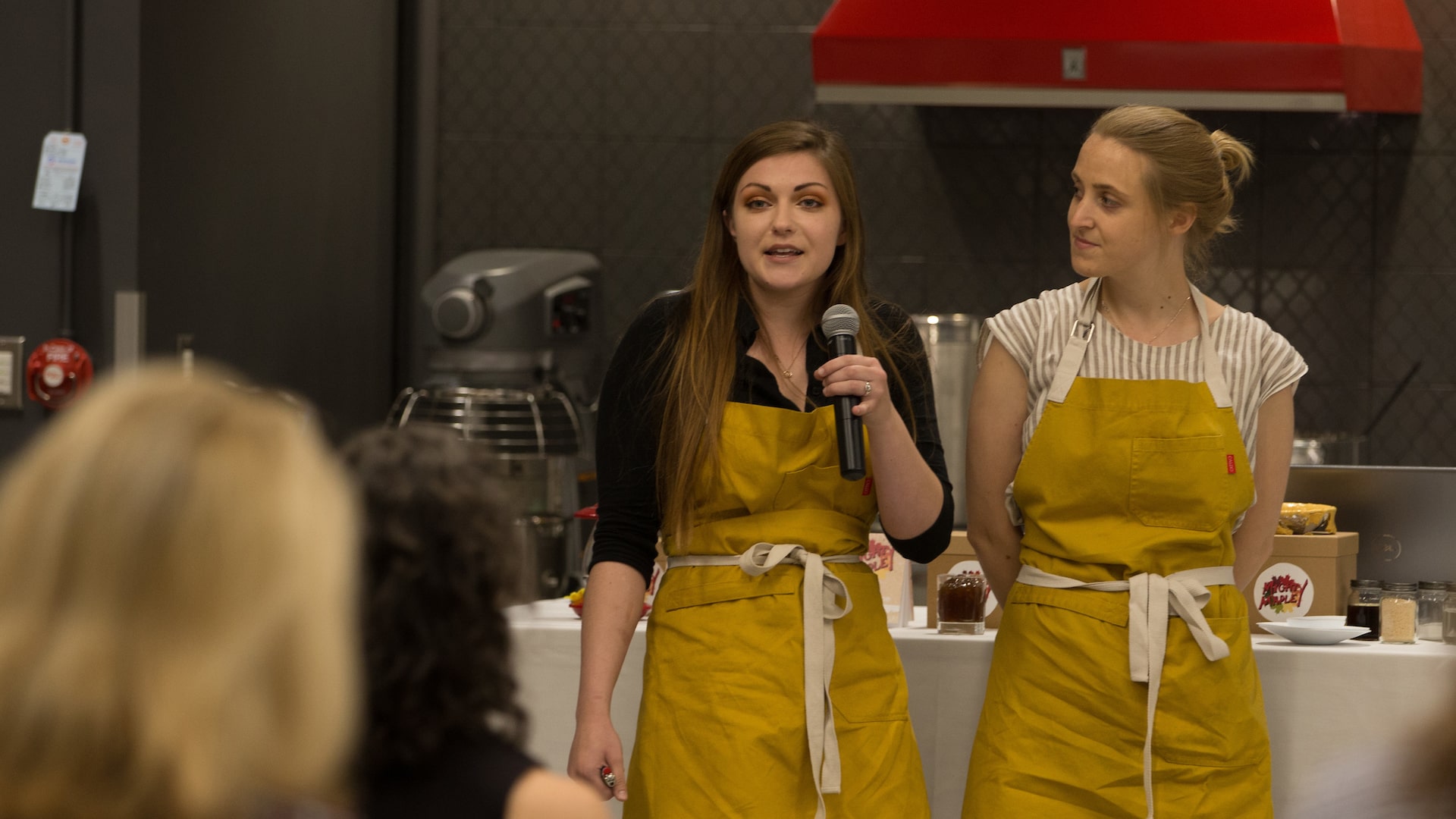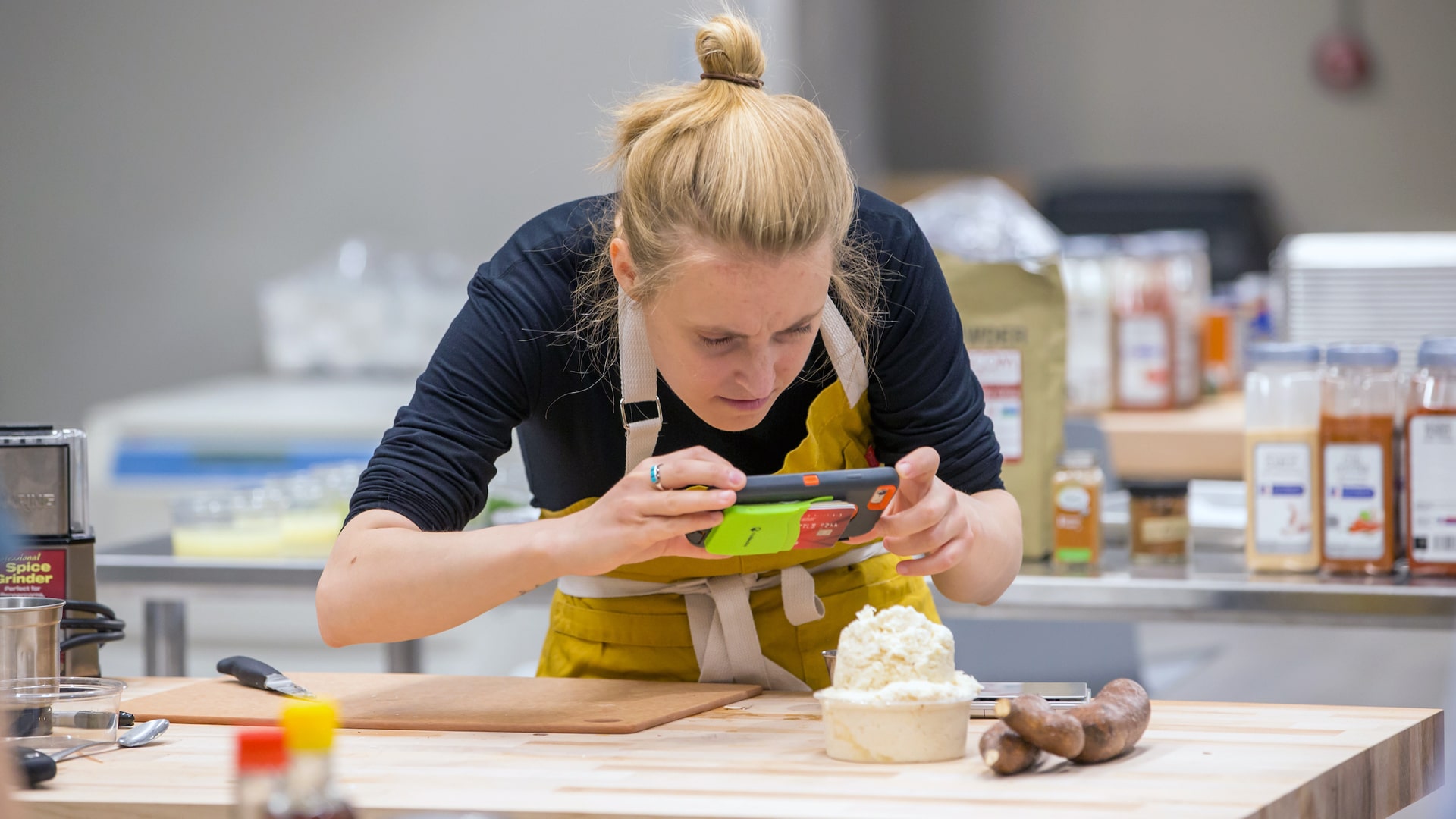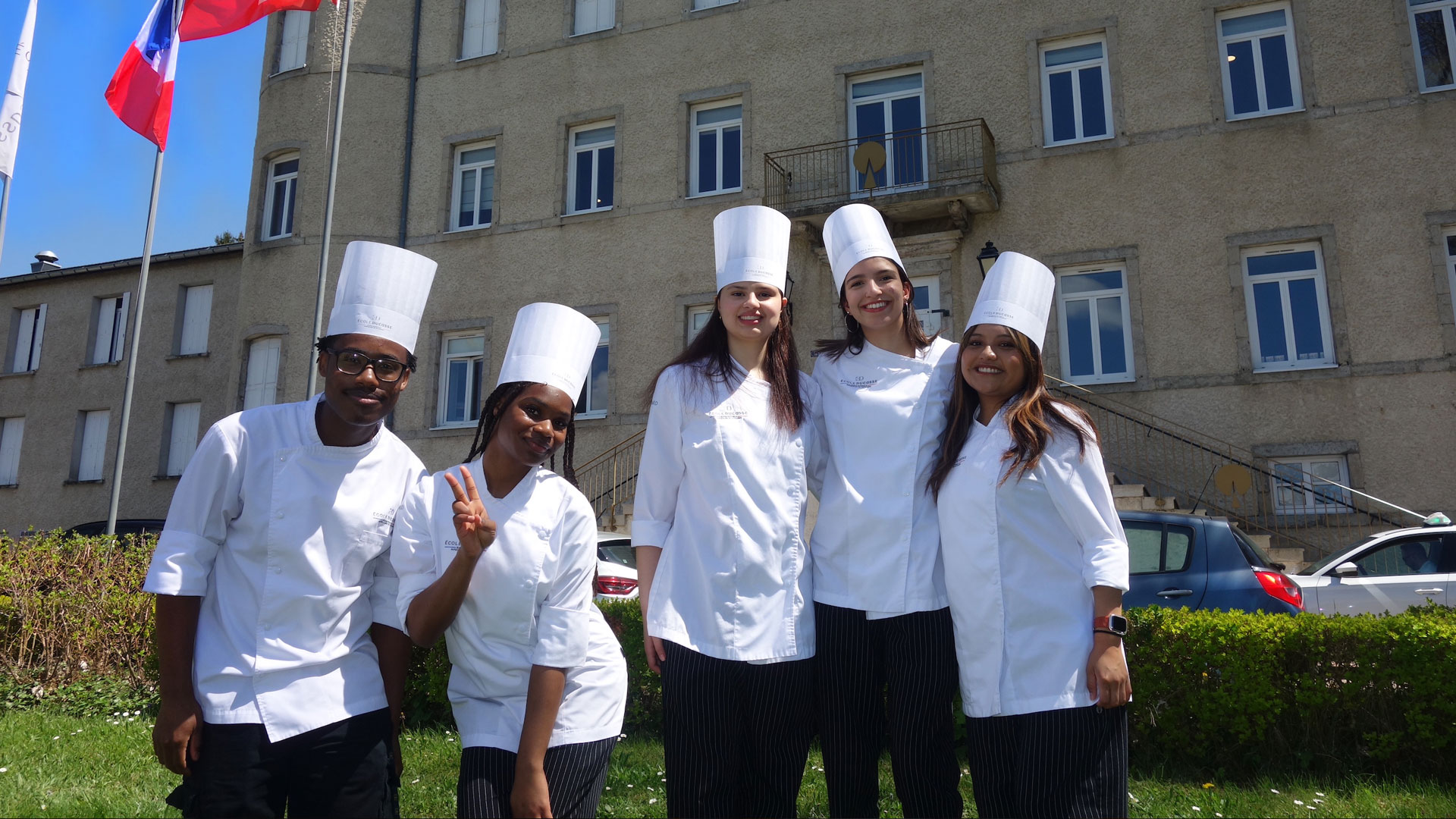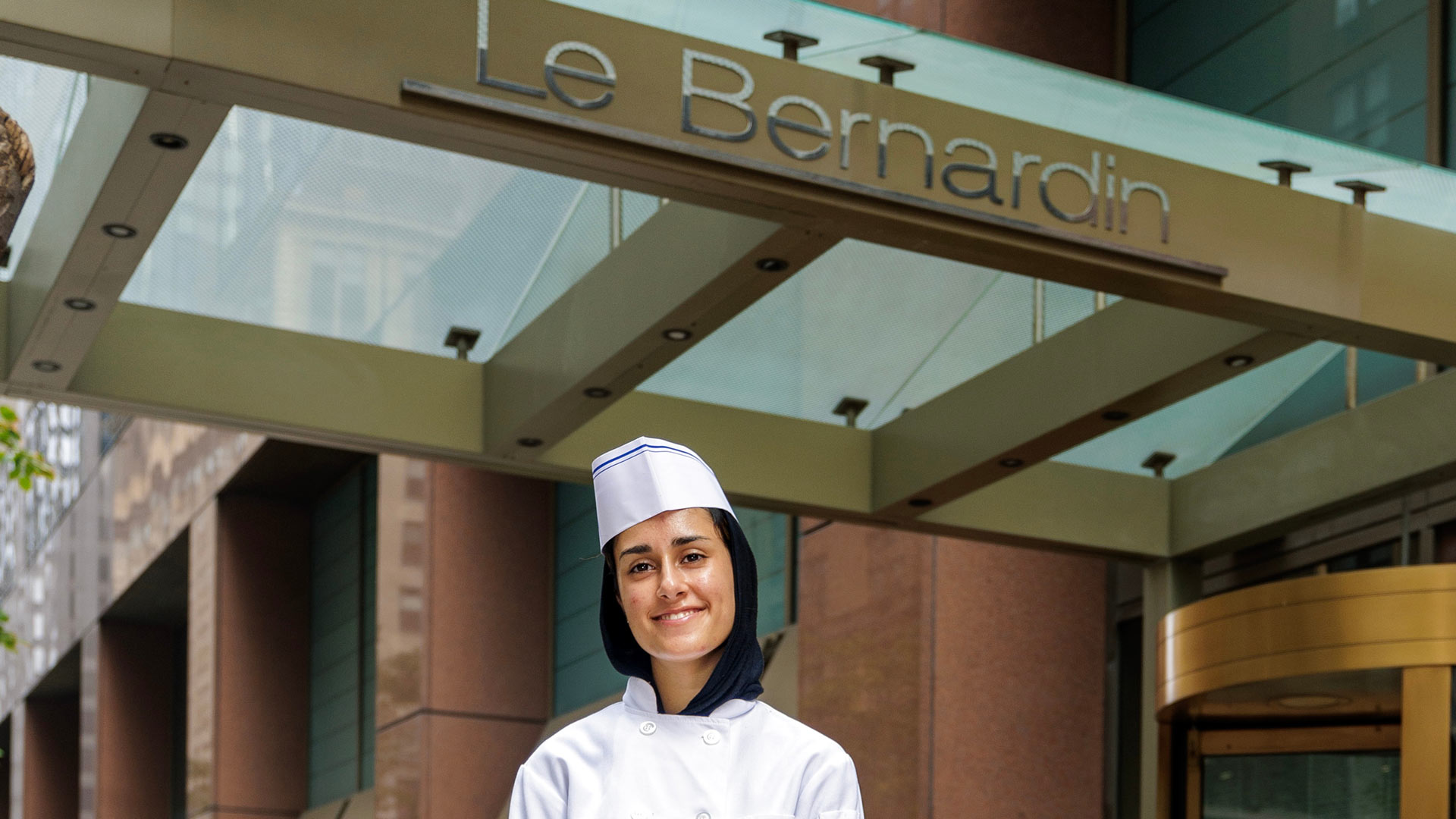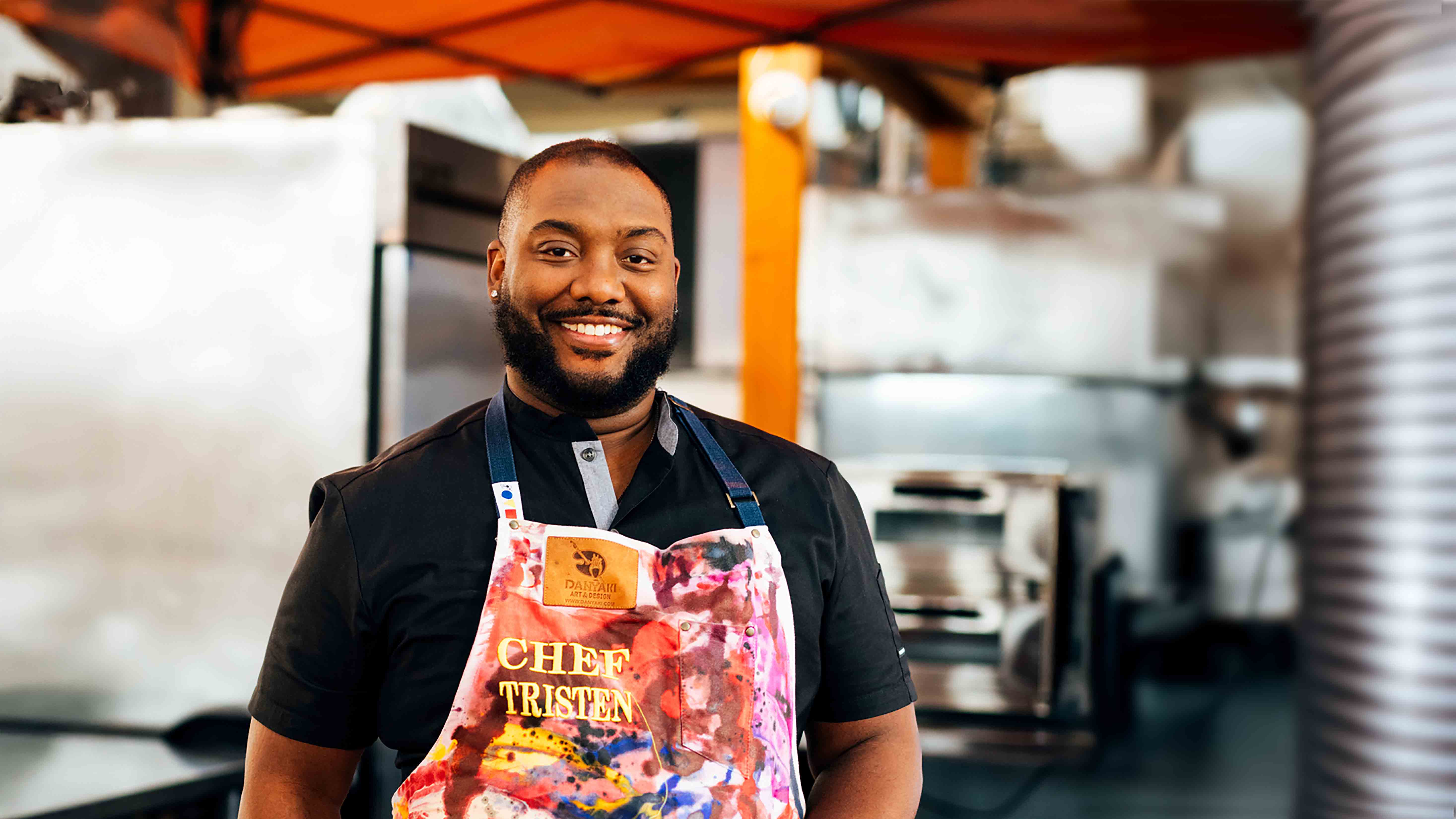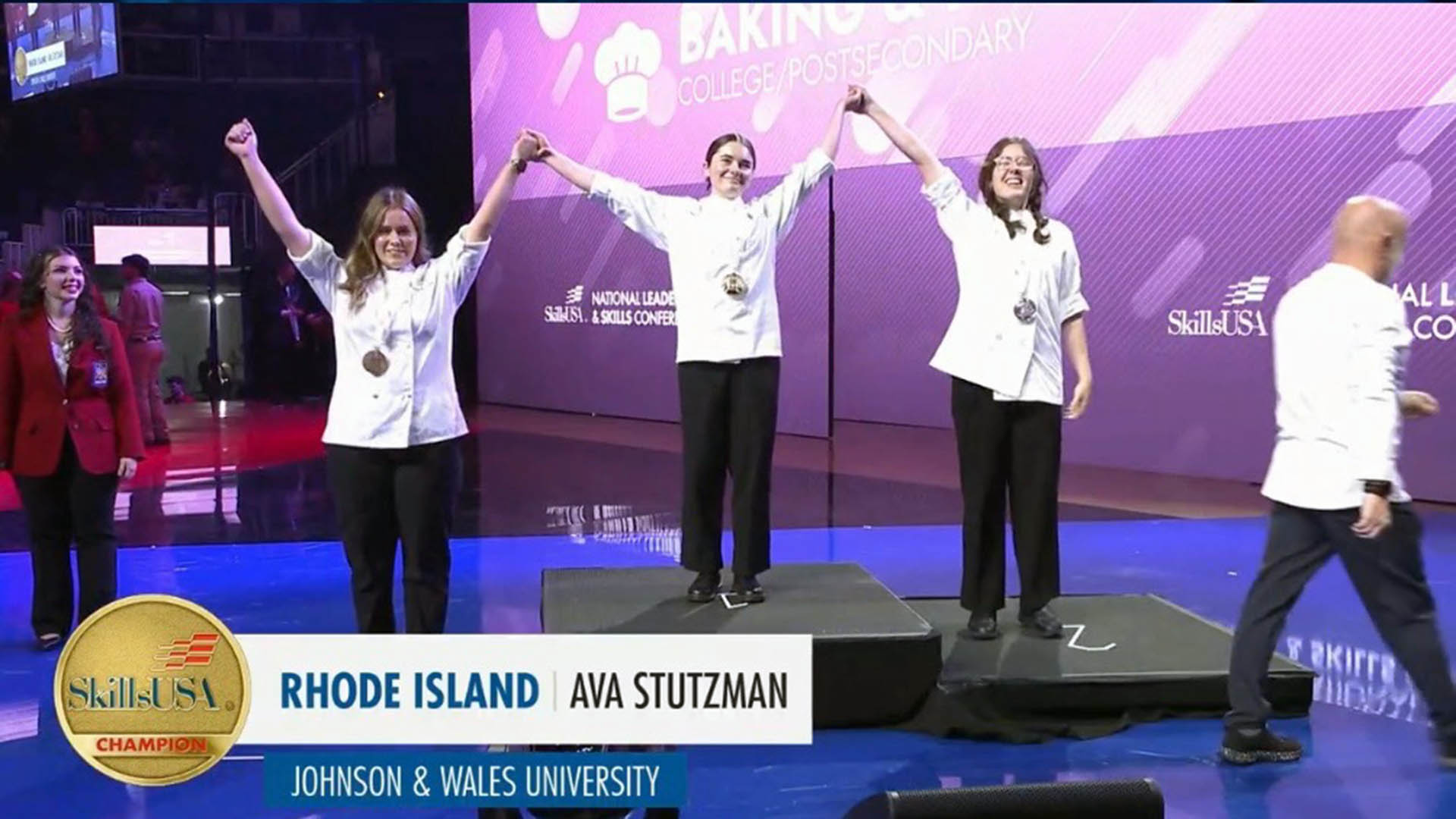Unlocking Maple’s Untapped Potential, Part II
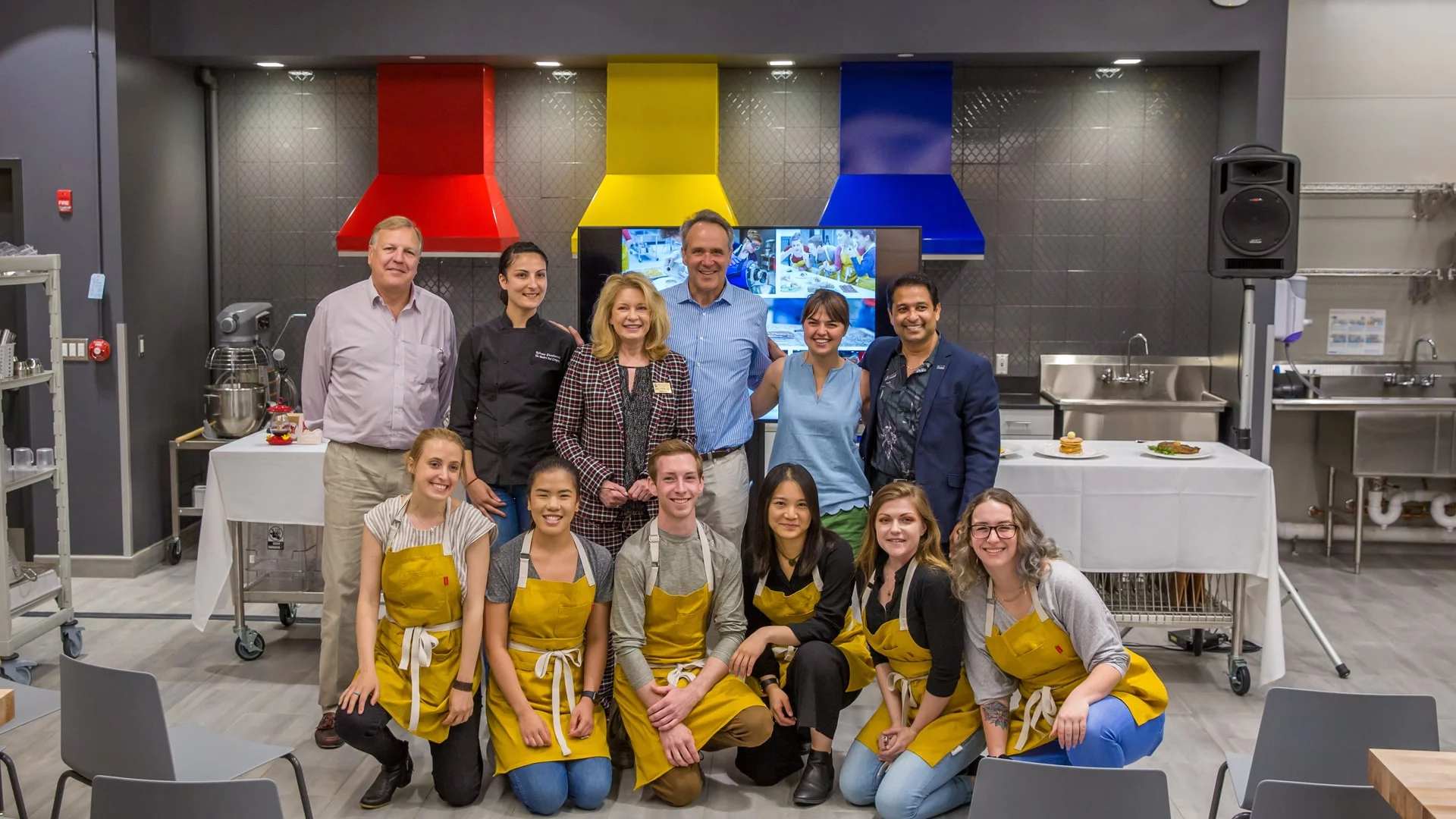
Earlier this summer, JWU Providence’s Food Innovation Design Lab (FIDL) was filled with the irrestistible smell of maple syrup. Six summer interns were working at breakneck speed to push the boundaries of the natural sweetener’s culinary and commercial potential.
Dubbed “The Maple Project,” the monthlong collaboration between JWU, URI’s College of Pharmacy and the Food Innovation Nexus (FIX), a JWU-funded startup, immersed the interns in the world of maple in order to create their own unexpected product concepts.
Creating a product from scratch in just over 4 weeks is no easy feat, but the interns — a carefully-chosen mix of culinary, baking & pastry, industrial design and food science majors — were more than up to the task.
After getting a crash course in URI’s extensive research into maple’s potential health benefits, they split into 3 groups and began the intense process of collaboration, exploration and iteration.
To start, each group was given a “swim lane” — a marketing segment with maple potential — to help focus their conceptual decisions. They immediately began market research within their chosen market sector, followed by concept brainstorming sessions to arrive at one or more viable product concepts.
In parallel, they spent Fridays in the FIDL with JWU chefs TJ Delle Donne and Frank Vollkommer — not only to get acclimated to working in the kitchen, but also to bring the skills of the non-culinary interns up to par. During their kitchen hours, they
- explored the use of maple as an alternative sweetener
- created maple-forward versions of regional favorites like biscuits and gravy
- worked up easy maple dishes for the home cook
Each week, the groups convened to share their progress and receive feedback on their concepts. The “open crit” format allowed the groups to get concise feedback and to make decisions on the fly about evolving their concepts. (Time was of the essence, after all.)
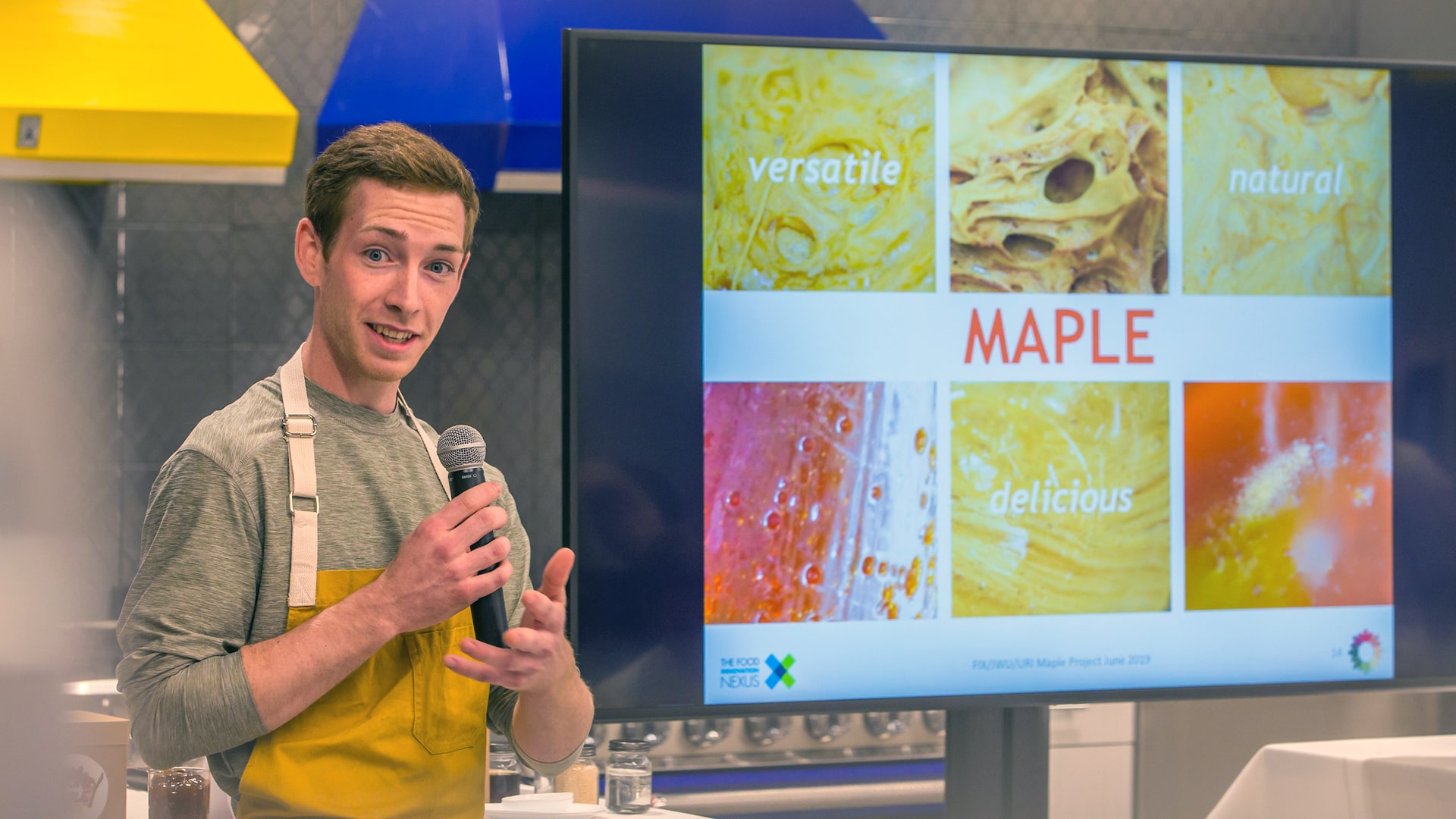
Mighty Maple DIY Kit
Jon Nardis (JWU Baking and Pastry '19) and Leah Yao (RISD industrial Design '19) focused on the children’s market, looking at ages 8-up and designing with social/group activity in mind. Their final concept, the “Mighty Maple Kit,” featured 3 completely edible components for an all-ages audience to make:
- hummingbird feeder with a maple-based nectar
- all-natural maple slime
- maple bowl
“When we looked at examples of DIY kits for kids, a lot of them were confusing, wasteful and single use,” noted John. Their solution made maple the star of the show, highlighting its versatility and its role in the ecosystem. “We combined the best of maple,” said Leah.
Sugar Moon Candle Co.
Olivia Muschell (JWU Baking & Pastry '19) and Charlotte Clement (RISD Industrial Design Grad Program '20) were intrigued by maple’s plasticity as a material. They hit upon the idea of a completely edible candle with a maple-butter base. As part of their research, they discovered that parents were particularly excited about kids not eating wax — concept validation in action! The duo visited RISD’s Industrial Design lab to explore various forms the candle could take — watch the video below for a glimpse into their process. The final version of their Sugar Moon candle was a maple twig that burned down to a delicious, maple-flavored cake topping.
Marty’s Maple Creemee
Katie Devries (JWU Culinary Arts '19) and Morgan Failla (Framingham State Food Science '21) looked at maple’s “stealth health” potential as a proactive ingredient, specifically for products aimed at seniors who have a tough time getting proper nutrition. They settled on the idea of Marty’s Maple Creemee, a line of therapeutic ice cream treats that could deliver the nostalgia of familiar flavors wedded to a nutritionally-fortified base.
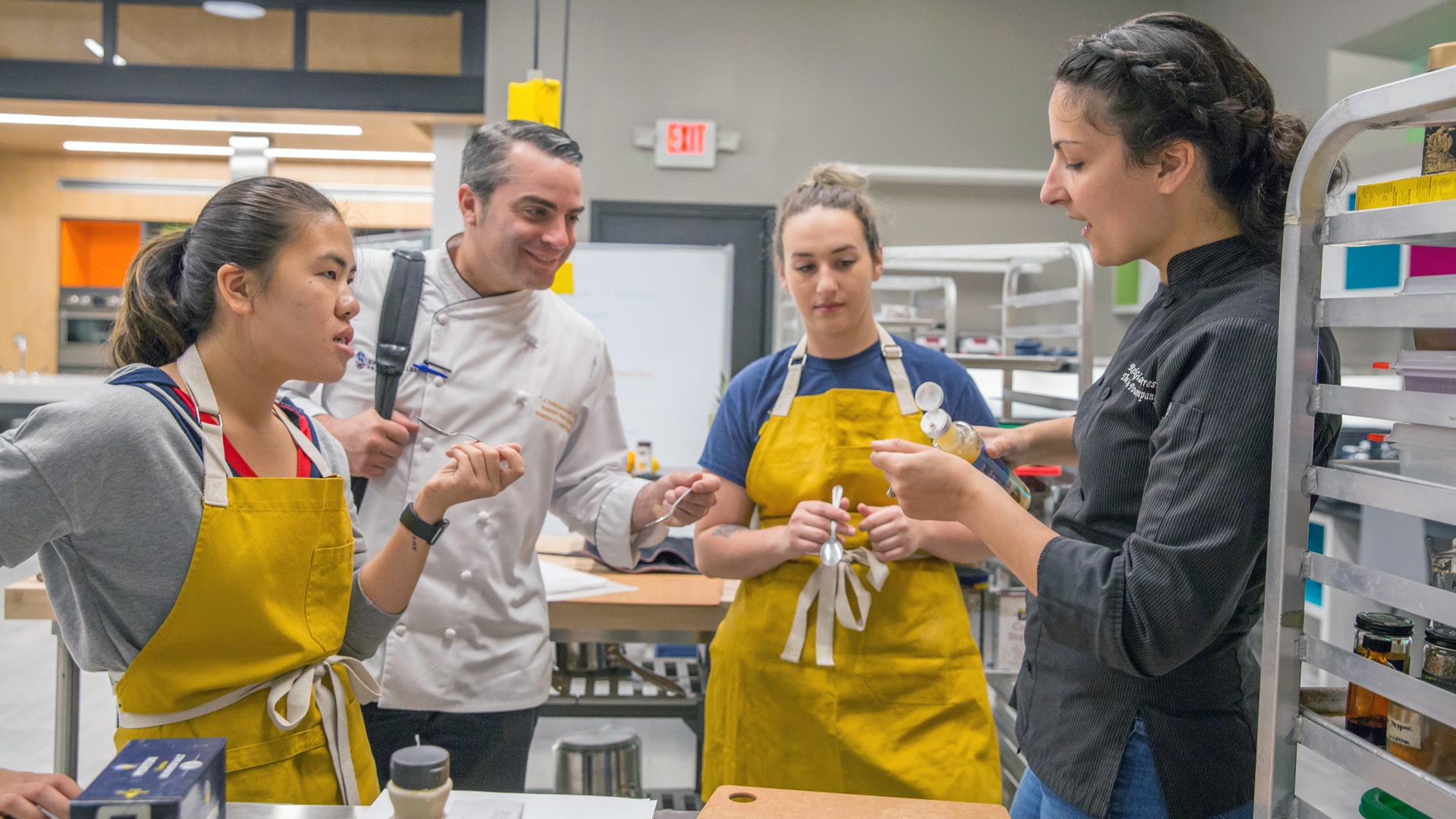
“We decided to take this route because your taste buds begin to deteriorate as you age, causing sweet cravings,” noted Morgan. “In order to create a well-rounded ice cream that would not only taste good, but be nutritionally beneficial, we set out to lower the fat content and add necessary nutrients that the elderly population is lacking, such as protein, fiber and calcium.”
Katie and Morgan spent their kitchen time testing different ice cream bases, then working out the perfect balance of flavor to nutritional value. Their final products, Caramel Bran-Pa and Banana Grandma, were excellent sources of Vitamin D, fiber, and calcium; Banana Grandma also contained an entire serving of fruit. “Our final products were able to spread the knowledge of maple beyond just being a pancake topping; they were also representative of our teams’ strengths and abilities,” Morgan said.
The Future of Maple
The student-powered work on the Maple Project is just one facet of a multi-disciplinary investigation into maple that is being overseen by the University of Rhode Island’s College of Pharmacy, via a United States Department of Agriculture Acer Access and Development Program grant. Learn more about the ongoing work here.
Follow URI Maple on Instagram
Food Innovation Nexus (FIX)
JWU Academics: Sustainable Food Systems
TOP: THE MAPLE PROJECT GROUP, INCLUDING JWU CHANCELLOR MIM RUNEY, FIX CO-FOUNDER MICHAEL ALLIO, URI PROFESSOR NAVINDRA SEERAM, AND THE INTERNS (L-R), CHARLOTTE, KATIE, JON, LEAH, OLIVIA & MORGAN.
